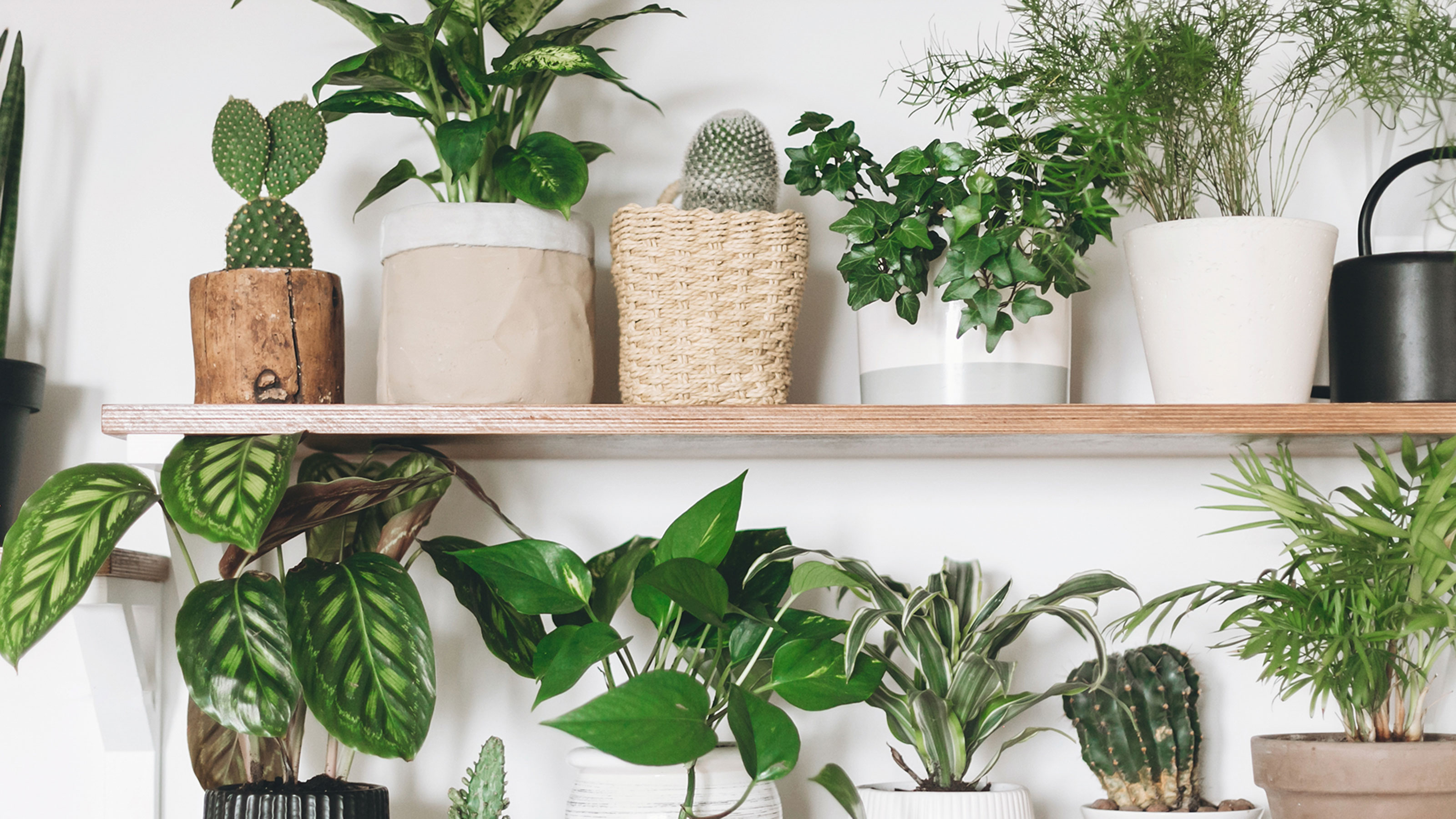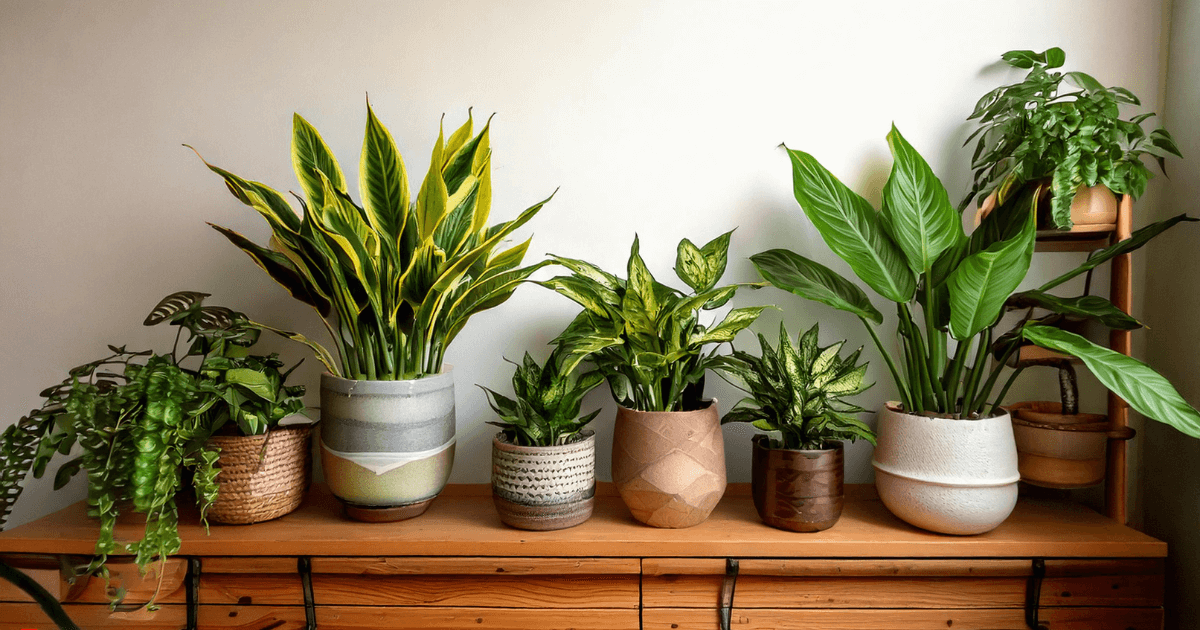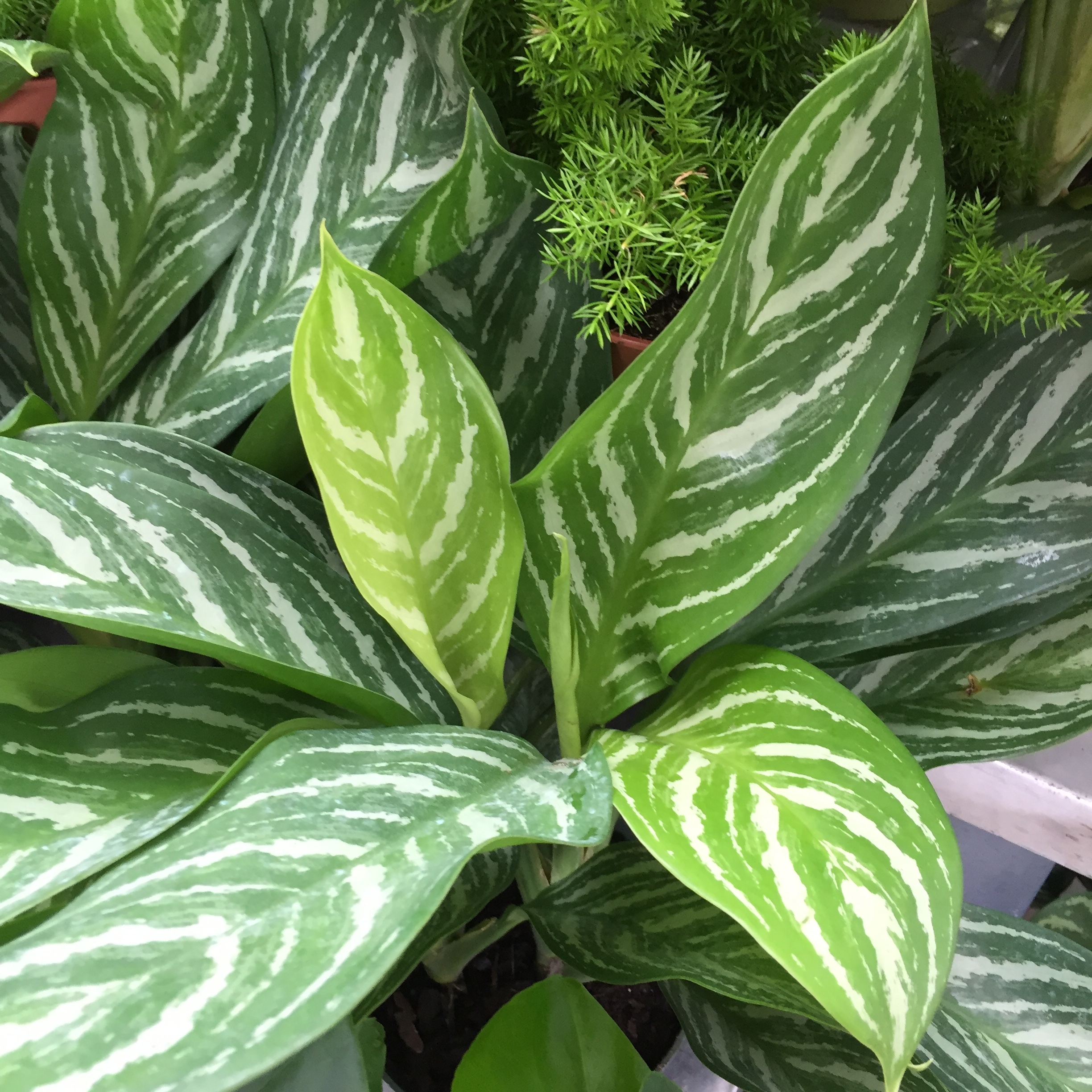Best Low-Light Indoor Plants That Thrive with Minimal Sunlight
Best Low-Light Indoor Plants That Thrive with Minimal Sunlight
Blog Article
Reveal the Keys of Low-Light Indoor Plants and How They Enhance Your Atmosphere
Low-light interior plants have gathered raising focus for their distinct ability to enhance both visual appeal and ecological high quality within homes and offices. These durable varieties, including the Serpent Plant and Peace Lily, not only thrive in tough illumination conditions but also play a critical role in air purification and psychological health. Understanding the specific advantages and treatment needs of these plants can significantly impact your home. As we discover the details of their benefits, you might discover insights that might transform your environments in unexpected means.
Benefits of Low-Light Indoor Plants
Although many individuals presume that indoor plants need bountiful sunshine to flourish, low-light interior plants use a plethora of benefits that make them suitable for numerous environments. Among the primary advantages is their flexibility; they can flourish precede with minimal natural light, such as workplaces, basements, or spaces with little windows. This attribute enables individuals to boost their environments with greenery, adding to improved aesthetics without the demand for substantial lighting alterations.
In addition, low-light interior plants can considerably boost indoor air quality by launching and filtering hazardous toxins oxygen, making living spaces healthier. The existence of plants has been connected to greater feelings of serenity and emphasis.
Additionally, low-light plants typically call for less maintenance than their sun-loving counterparts, making them perfect for hectic individuals or those brand-new to gardening. Their durability allows them to love very little treatment, thus providing a satisfying experience for plant enthusiasts and amateurs alike. In summary, low-light indoor plants offer both aesthetic and useful purposes, making them beneficial enhancements to any room.
Top Low-Light Plant Selections
Low-light interior plants been available in a variety of varieties, each offering distinct attributes and benefits suited for dim atmospheres. Among one of the most prominent selections is the Serpent Plant (Sansevieria), recognized for its air-purifying capabilities and architectural leaves. This resistant plant flourishes on disregard and can endure a variety of light problems.
An additional excellent choice is the ZZ Plant (Zamioculcas zamiifolia), which features glossy, dark eco-friendly fallen leaves and is very drought-tolerant. Its adaptability makes it a preferred for offices and homes with minimal sunshine.
The Pothos (Epipremnum aureum) is likewise a leading contender, with its routing creeping plants and heart-shaped leaves - Best low-light indoor plants. This flexible plant can be educated to climb up or cascade, including aesthetic rate of interest to any type of space

Treatment Tips for Low-Light Plants
Taking care of low-light interior plants requires a nuanced understanding of their particular needs to guarantee optimum growth and vitality. First, it is vital to select the best potting mix, as a well-draining soil is vital to protect against origin rot. A mix developed for houseplants, commonly consisting of peat moss and perlite, functions well for the majority of low-light ranges.
Watering is an additional vital facet of treatment. Low-light plants typically call for less frequent watering compared to their sun-loving equivalents.
Fertilization should be approached with caution. Throughout the expanding period, a watered down fluid plant food can be used monthly, but in winter season, many low-light plants enter inactivity and require little to no fertilization.
Finally, it is very important to regularly clean the leaves to eliminate dirt, allowing for much better light absorption. By adhering to these care ideas, you can grow a growing setting for your low-light interior plants, boosting both their appearance and longevity.
Enhancing Air Quality With Plants
Indoor plants play a significant function in enhancing air high quality within homes and office. With the process of photosynthesis, these plants take in co2 and launch oxygen, adding to a much healthier ambience. Furthermore, particular low-light interior plants possess the ability to filter unsafe pollutants, such as trichloroethylene, formaldehyde, and benzene, which are generally discovered in indoor atmospheres.

Moreover, the existence of interior plants can raise moisture degrees, which assists reduce completely dry skin and respiratory issues, additionally improving general well-being. This capability to boost air high quality not just promotes physical wellness however additionally supports psychological health.
Including low-light interior plants right into your living and functioning spaces can cause a much more lively and invigorating environment (Best low-light indoor plants). Buying these all-natural air purifiers is a straightforward yet efficient strategy for improving interior air top quality and promoting a healthier way of living
Creating a Tranquil Indoor Space
The integration of plants right into living areas not just improves air top quality but also contributes to a peaceful environment. Low-light indoor plants, such as serpent plants and pothos, are especially effective in developing a tranquil atmosphere, as they thrive in problems that might otherwise be unwelcoming for other greenery. Their lush foliage gives a soothing aesthetic, reducing stress and anxiety and advertising relaxation.
Including these plants right into your home or workplace can evoke a feeling of tranquility and health. Strategically putting them in areas where you redirected here invest substantial time, such as living work areas or areas, permits an immersive experience with nature, which has actually been shown to improve state of mind and cognitive function.
Additionally, the gentle motion of leaves in response to air movement can produce a dynamic visual element that enhances the general atmosphere. Think about utilizing a variety of plant elevations and textures to add depth and passion to your space. With thoughtful placement and treatment, low-light interior plants can change any location right into a peaceful sanctuary, promoting not only aesthetic contentment however mental and likewise psychological health.

Final Thought
Including low-light indoor plants into different atmospheres returns significant advantages, consisting of improved air high quality and enhanced visual charm. The transformative power of low-light plants underscores their worth in enhancing both occupational and residential setups.
Although numerous people think that interior plants call for abundant sunlight to thrive, low-light indoor plants supply a wide range of advantages that make them optimal for various environments.Additionally, low-light indoor plants can significantly enhance interior air quality by filtering system hazardous toxic substances and releasing oxygen, making living rooms healthier. In addition, certain low-light indoor plants possess the capability to filter hazardous toxins, such as formaldehyde, benzene, view website and trichloroethylene, which are frequently found in interior settings.
Low-light indoor plants, such as snake plants and pothos, are especially efficient in producing a tranquil setting, as they flourish in conditions that might otherwise be inhospitable for various other plant.Incorporating low-light indoor plants right into numerous environments returns significant advantages, consisting of boosted air high quality and boosted aesthetic allure.
Report this page